Adachi ward, Tokyo東京都足立区
Living in Adachi Ward, Tokyo
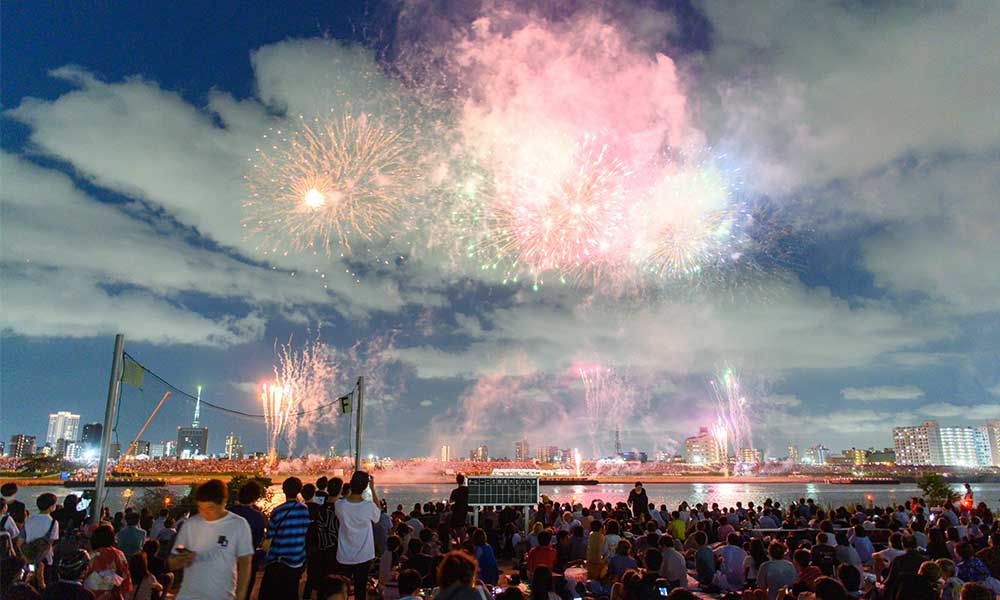
We have Summarized the livability of Adachi Ward, Tokyo.
23 WARD AREA23区地域
-
- CHIYODA WARD 千代田区
-
- CHUOU WARD 中央区
-
- MINATO WARD 港区
-
- SHINJYUKU WARD 新宿区
-
- BUNKYO WARD 文京区
-
- TAITO WARD 台東区
-
- SUMIDA WARD 墨田区
-
- KOTO WARD 江東区
-
- SHINAGAWA WARD 品川区
-
- MEGURO WARD 目黒区
-
- OTA WARD 大田区
-
- SETAGAYA WARD 世田谷区
-
- SHIBUYA WARD 渋谷区
-
- NAKANO WARD 中野区
-
- SUGINAMI WARD 杉並区
-
- TOSHIMA WARD 豊島区
-
- KITA WARD 北区
-
- ARAKAWA WARD 荒川区
-
- ITABASHI WARD 板橋区
-
- NERIMA WARD 練馬区
-
- ADACHI WARD 足立区
-
- KATSUSHIKA WARD 葛飾区
-
- EDOGAWA WARD 江戸川区
CONTENTS
- What kind of place is Adachi Ward, Tokyo?
- Adachi WardPR video
- How is the traffic situation in Adachi Ward?
- How are the rent and land prices in Adachi Ward?
- How is childcare and education in Adachi Ward?
- How about shopping in Adachi Ward?
- How about jobs and recruitment in Adachi Ward?
- Adachi Ward’s unique subsidy/subsidy system
What kind of place is Adachi Ward, Tokyo?
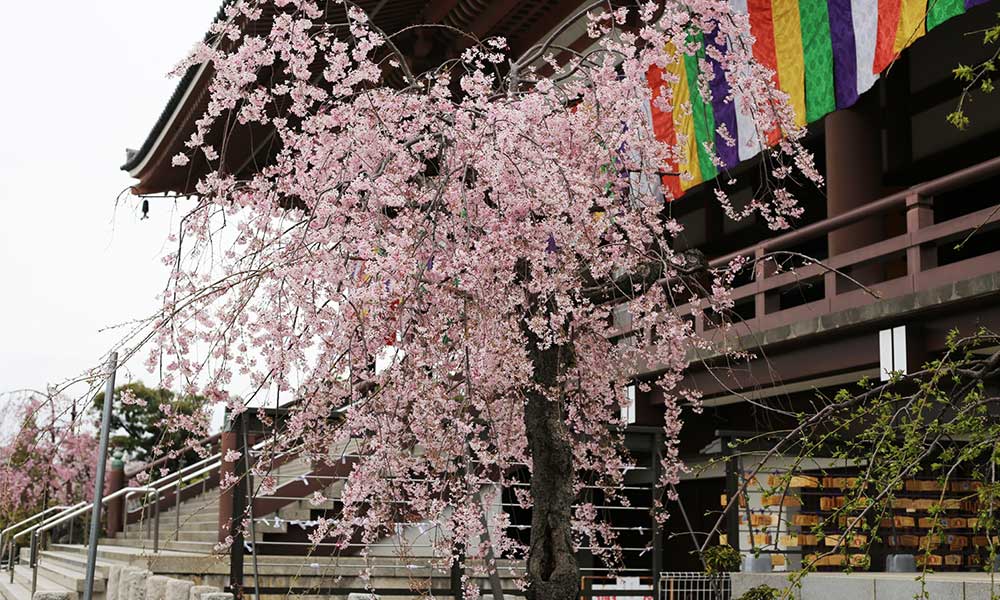
Adachi Ward, adjacent to Saitama Prefecture, is a town filled with a traditional downtown atmosphere.
Adachi Ward is located in the northeastern part of Tokyo’s 23 wards and has an area of approximately 53.25 square kilometers.
It borders Yashio City, Soka City, and Kawaguchi City in Saitama Prefecture to the north, Katsushika Ward to the east, Arakawa Ward to the south, and Kita Ward to the west.
It has a population of approximately 689,000 and approximately 365,000 households. (As of March 2023)
Adachi Ward’s topography is characterized by almost no highlands, being flat and surrounded by rivers on all sides, including the Arakawa and Nakagawa Rivers.
There are several theories about the origin of the name Adachi Ward, including one that it comes from the name of the area “Musashi Province Adachi County,” which was established after the Taika Reforms, and another that the area was originally called “Ashidachi” (reed stands) because there were many reeds growing there, and then it was called “Adachi.”
During the Edo period, the Senju area was a post town on the Nikko Kaido and Oshu Kaido roads, and was bustling with people passing by.
In the Meiji period, factories began to be built mainly along the Sumida River, and the industrial area gradually expanded.
After the Great Kanto Earthquake, the number of people moving from the city center increased, and the population increased.
Today, Adachi Ward has a downtown area centered around Kita-Senju Station, one of Japan’s leading terminal stations, and is a region that is a moderate distance from the city center, yet is blessed with abundant nature and has many areas that retain the atmosphere of the downtown area.
Famous for its many temples and shrines, Nishiarai Daishi, which can be said to be the symbol of Adachi Ward, is counted as one of the “Three Great Temples of Kanto” along with Kawasaki Daishi, and is a spot that is crowded with worshippers every year for the first time of the year.
The Adachi Fireworks, which are held on the Arakawa riverbed in July and attract about 700,000 spectators every year, are a major event that is overwhelming with about 13,000 fireworks being launched in just one hour.
PR video of Adachi Ward, Tokyo
Adachi Ward 90th Anniversary Publicity Program “Rinpa Flower Garden Adachi”
How is the traffic situation in Adachi Ward?
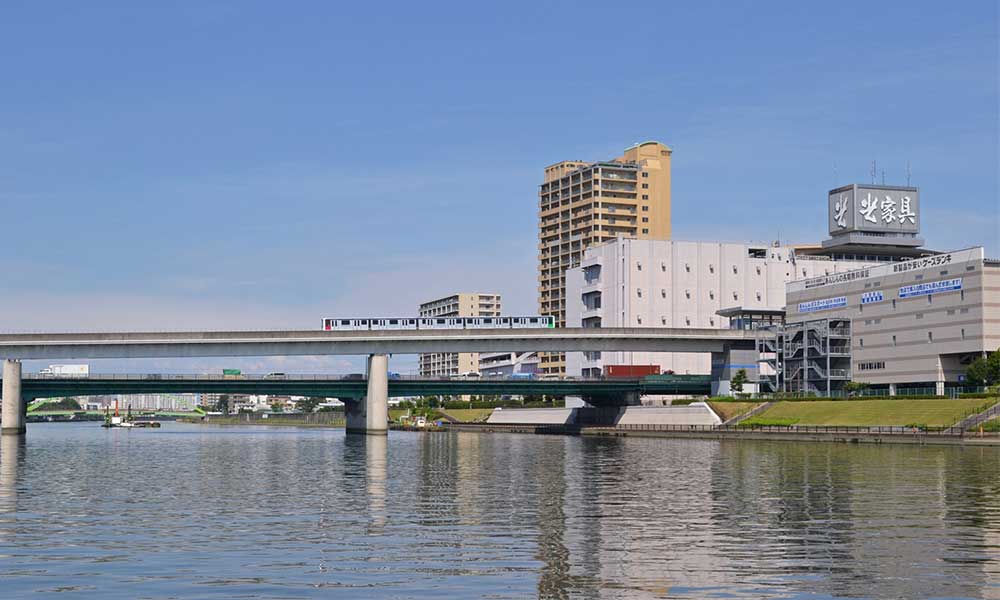
Adachi Ward: a city with easy access to eastern Saitama and Chiba
There are 9 train lines and 24 stations that pass through Adachi Ward.
| Kitasenju Station | JR Joban Line (Ueno – Sendai)・JR Joban Line (Kita-Senju – Toride)・Tokyo Metro Hibiya Line・Tokyo Metro Chiyoda Line・Tobu Isesaki Line・Tsukuba Express |
| Nishiarai Station | Tobu Isesaki Line・Tobu Daishi Line |
| Tanizaike Station | Toei Nippori・Toneri Liner |
| Ayase Station | JR Joban Line (Kita-Senju – Toride)・Tokyo Metro Chiyoda Line |
| Takenotsuka Station | Tobu Isesaki Line |
| Minumadai-shinsuikoen Station | Toei Nippori・Toneri Liner |
| Gotanno Station | Tobu Isesaki Line |
| Nishiaraidaishi-nishi Station | Toei Nippori・Toneri Liner |
| Daishimae Station | Tobu Daishi Line |
| Kohoku Station | Toei Nippori・Toneri Liner |
| Toneri Station | Toei Nippori・Toneri Liner |
| Toneri-koen Station | Toei Nippori・Toneri Liner |
| Koya Station | Toei Nippori・Toneri Liner |
| Kosuge Station | Tobu Isesaki Line |
| Tobu Isesaki Line | |
| Keisei Sekiya Station | Keisei Main Line |
| Ushida Station | Tobu Isesaki Line |
| Rokucho Station | Tsukuba Express |
| Adachi-Kodai Station | Toei Nippori・Toneri Liner |
| Senju-Ohashi Station | Keisei Main Line |
| Ogiohashi Station | Toei Nippori・Toneri Liner |
| Aoi Station | Tsukuba Express |
| Kita-Ayase Station | Tokyo Metro Chiyoda Line |
| Horikiri Station | Tobu Isesaki Line |
Local buses are operated by Toei Bus, Tobu Bus Central, Kokusai Kogyo Bus, and Keisei Bus.
There is also a community bus called “Harukaze” that can take you to the main facilities in the ward at a relatively low price.
There are three expressways accessible from the ward, with six entrances and exits.
| Metropolitan Expressway Central Circular Route | Senju Shinbashi IC・Ogi Ohashi IC |
| Metropolitan Expressway Route 6 Misato Line | Gapyeong IC |
| Metropolitan Expressway Kawaguchi Line | Kaga IC・Adachi Iriya IC・Shikahamabashi IC |
The ward is served by National Route 4, which runs from Chuo Ward in Tokyo through Utsunomiya City in Tochigi Prefecture, Fukushima City in Fukushima Prefecture, Sendai City in Miyagi Prefecture, and Morioka City in Iwate Prefecture before ending in Aomori City in Aomori Prefecture.
There are several train lines passing through the area, making it relatively easy to access the city center and other areas.
There are many areas where traffic congestion occurs.
How are the rent and land prices in Adachi Ward?

Adachi Ward: A city with cheaper prices than the 23 wards
According to information from a real estate information website, the average rent in the ward for a newly built apartment within a 10-minute walk from the station is around 76,000 yen for a 1K and 124,000 yen for a 2DK.
The average price per tsubo for land is around 1.44 million yen per tsubo.
The average price of a newly built apartment is 47.56 million yen, the average area is 60.8 m2, and the average price per tsubo is 2.586 million yen per tsubo. (As of 2018-2022)
Adachi Ward is one of the areas in Tokyo where housing prices are relatively low. However, prices have been rising recently due to increased demand.
The average price of used apartments and detached houses is generally lower than the average price in Tokyo, and tends to be even lower than in the city center.
In terms of living environment, there are commercial facilities, parks, sports facilities, and other facilities necessary for daily life. It also has good public safety, making it an easy place to live.
Compared to Tokyo, rent and property prices tend to be relatively cheap.
Some areas have a low crime rate, so you should be careful when going out at night. There are also areas with heavy traffic, factories, and highways nearby, so noise and air pollution can be a problem.
How is childcare and education in Adachi Ward?
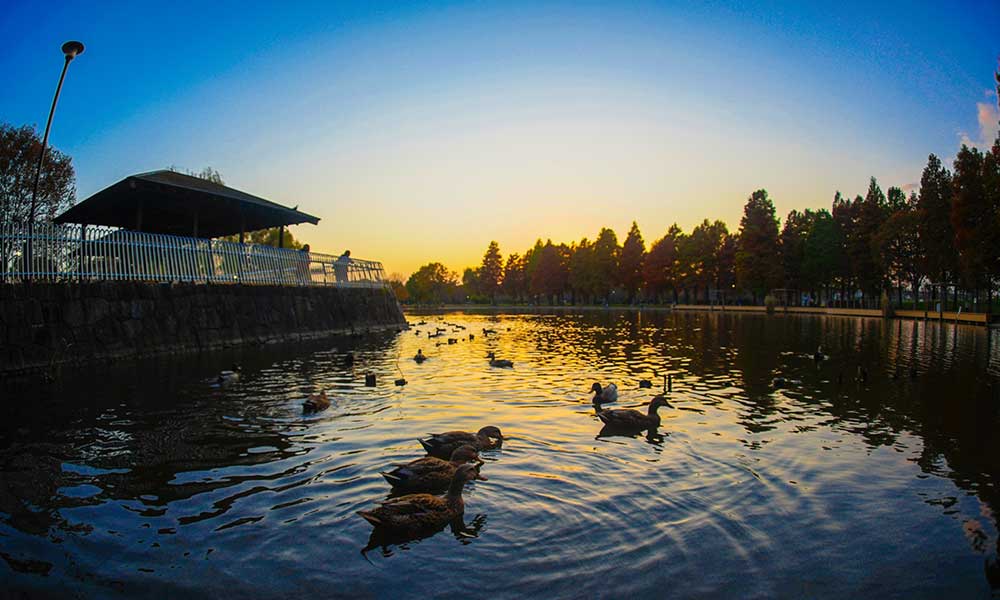
Adachi Ward has many nurseries and is an easy place to live for dual-income families.
Adachi ward has 117 nurseries, 56 kindergartens, 70 elementary schools, 36 junior high schools, 11 high schools, 6 junior colleges and universities, and 4 vocational schools.
The “Children’s Medical Expense Subsidy System” covers children up to 18 years old (as of March 31 after they reach 18 years old) for both outpatient and inpatient care, and fully subsidizes all medical expenses.
Child allowances are provided: 15,000 yen for children under 3 years old, 10,000 yen for the first and second children aged 3 years old or older and not yet entering elementary school, 15,000 yen for the third child and onwards, and 10,000 yen for junior high school students.
Adachi Ward also has its own unique child-rearing support.
The ward has counselors called childcare concierges who can provide advice on all aspects of child-rearing, such as information on childcare facilities and suggestions on where to leave your child.
In addition, if you need to leave your infant or toddler in someone else’s care due to an emergency or family situation, there are many support options available, such as “babysitter support,” “short stay,” and “temporary childcare.”
There is also a wide range of “after-school care” for elementary school students, where children who tend to be isolated after school due to their parents’ work can be left.
There are currently six universities in Adachi Ward, all of which opened after the Heisei era. This shows the ward’s efforts to revitalize the city by attracting universities, and it seems that the area is likely to see an increase in educational institutions in the future.
There are a relatively large number of educational institutions and learning support facilities. There are also many nurseries and kindergartens, and there tends to be fewer children on waiting lists compared to neighboring areas.
In some local elementary schools, the number of classes is so large that it can be difficult to provide each child with an adequate education.
How about shopping in Adachi Ward?
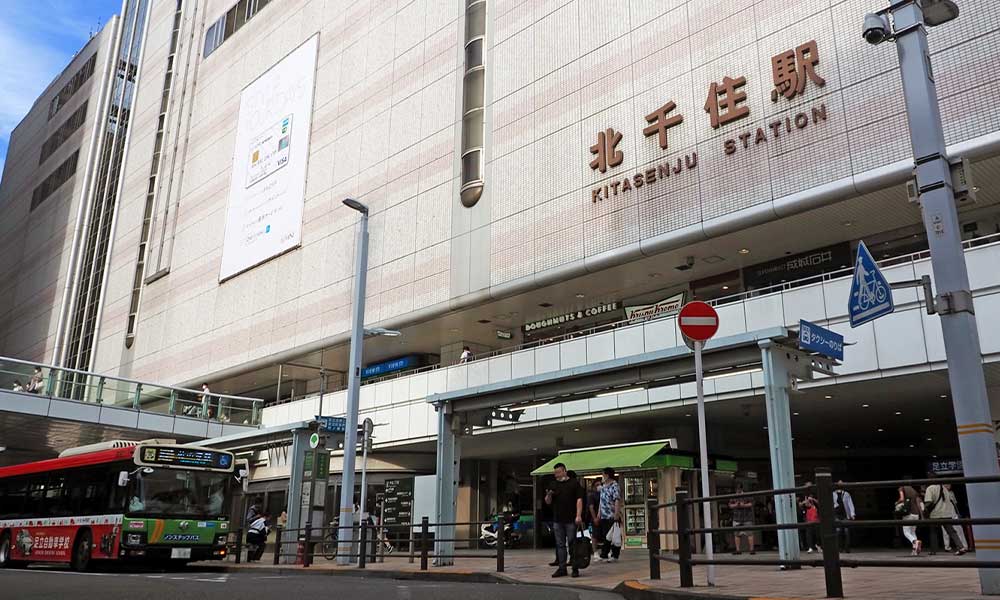
Adachi Ward is a city with many shops, from shopping malls to supermarkets.
Adachi Ward is a city with a variety of shopping spots, including large shopping malls and old-fashioned shopping streets.
The area around Kitasenju Station is a convenient place to shop, with many shops around the station, including the station building Lumine Kitasenju and Kitasenju Marui, which sells clothing and other items.
Adachi Ward also has many shopping streets. Representative ones include Joyfull Minowa Shopping Street around Minamisenju Station and Shukubamachi Dori Shopping Street around Kitasenju Station. In these shopping streets, you can purchase food, clothing, daily necessities, and more at reasonable prices.
The ward has about 70 supermarkets, including Life, Belx, and Ito-Yokado.
There are a wide variety of shopping spots, from large shopping malls to shopping streets.
Commercial facilities may be crowded on weekends and holidays. Also, some areas may have few commercial facilities, which can be inconvenient.
How about jobs and recruitment in Adachi Ward?
Adachi Ward is a city with a wide variety of jobs, from manufacturing to clerical work.
The average annual income in Adachi Ward is 3.57 million yen.
The ward has many industries, including manufacturing, construction, retail, and medical and welfare. In addition, because it is close to the center of Tokyo, office work and service industries are also thriving.
Adachi Ward has a large population even within Tokyo, so there are a relatively large number of job openings.
There are many job openings in the manufacturing and construction industries, and there tends to be a particularly large number of job openings for engineers and skilled workers. There are also many job openings in the medical and welfare industries. On the other hand, the number of job openings for office work and the service industry is somewhat lower than in other areas with a large number of job openings.
Tokyo has a large population and a wide variety of industries, so there tends to be a lot of job openings.
While there are many job openings, the number of applicants can be high, which can lead to high competition.
Adachi Ward, Tokyo’s unique subsidy/subsidy system
Adachi Ward, Tokyo’s unique housing assistance and subsidy system
Adachi Ward, Tokyo’s unique childcare support system
| Adachi Childbirth and Childrearing Support Project Smile Mama Interview Subsidies for sick child care (at-home) fees Adachi First Picture Book Project |
Adachi Ward, Tokyo’s unique system for further education and tuition assistance/subsidies
| School attendance assistance and encouragement Subsidies for school meals for large families School support (elementary school entrance preparation fund) Adachi Ward Grant-type Scholarship |
























